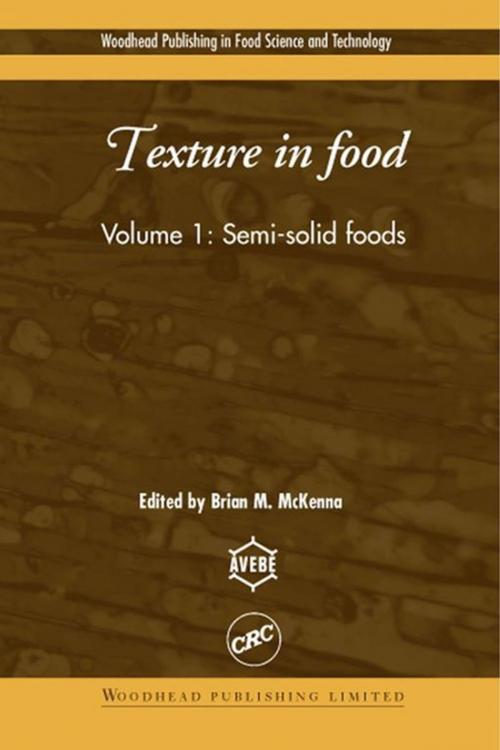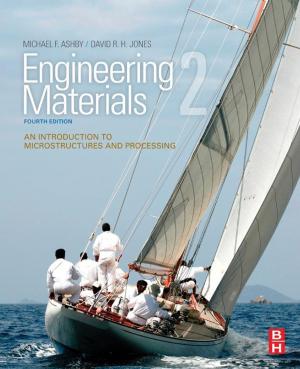| Author: | ISBN: | 9781855737082 | |
| Publisher: | Elsevier Science | Publication: | July 3, 2003 |
| Imprint: | Woodhead Publishing | Language: | English |
| Author: | |
| ISBN: | 9781855737082 |
| Publisher: | Elsevier Science |
| Publication: | July 3, 2003 |
| Imprint: | Woodhead Publishing |
| Language: | English |
Texture is one of the most important attributes used by consumers to assess food quality. This quality is particularly important for the growing number of semi-solid foods from sauces and dressings to yoghurt, spreads and ice cream. With its distinguished editor and international team of contributors, this authoritative book summarises the wealth of recent research on what influences texture in semi-solid foods and how it can be controlled to maximise product quality.
Part one reviews research on the structure of semi-solid foods and its influence on texture, covering emulsion rheology, the behaviour of biopolymers and developments in measurement. Part two considers key aspects of product development and enhancement. It includes chapters on engineering emulsions and gels, and the use of emulsifiers and hydrocolloids. The final part of the book discusses improving the texture of particular products, with chapters on yoghurt, spreads, ice cream, sauces and dressings.
With its summary of key research trends and their practical implications in improving product quality, Texture in food Volume 1: semi-solid foods is a standard reference for the food industry. It is complemented by a second volume on the texture of solid foods.
- Summarises the wealth of recent research on what influences texture in semi-solid foods and how it can be controlled to maximise product quality
- Reviews research on the structure of semi-solid foods and its influence on texture, covering emulsion rheology, the behaviour of biopolymers and developments in measurement
- Considers key aspects of product development and enhancement and includes chapters on engineering emulsions and gels and the use of emulsifiers and hydrocolloids
Texture is one of the most important attributes used by consumers to assess food quality. This quality is particularly important for the growing number of semi-solid foods from sauces and dressings to yoghurt, spreads and ice cream. With its distinguished editor and international team of contributors, this authoritative book summarises the wealth of recent research on what influences texture in semi-solid foods and how it can be controlled to maximise product quality.
Part one reviews research on the structure of semi-solid foods and its influence on texture, covering emulsion rheology, the behaviour of biopolymers and developments in measurement. Part two considers key aspects of product development and enhancement. It includes chapters on engineering emulsions and gels, and the use of emulsifiers and hydrocolloids. The final part of the book discusses improving the texture of particular products, with chapters on yoghurt, spreads, ice cream, sauces and dressings.
With its summary of key research trends and their practical implications in improving product quality, Texture in food Volume 1: semi-solid foods is a standard reference for the food industry. It is complemented by a second volume on the texture of solid foods.
- Summarises the wealth of recent research on what influences texture in semi-solid foods and how it can be controlled to maximise product quality
- Reviews research on the structure of semi-solid foods and its influence on texture, covering emulsion rheology, the behaviour of biopolymers and developments in measurement
- Considers key aspects of product development and enhancement and includes chapters on engineering emulsions and gels and the use of emulsifiers and hydrocolloids















